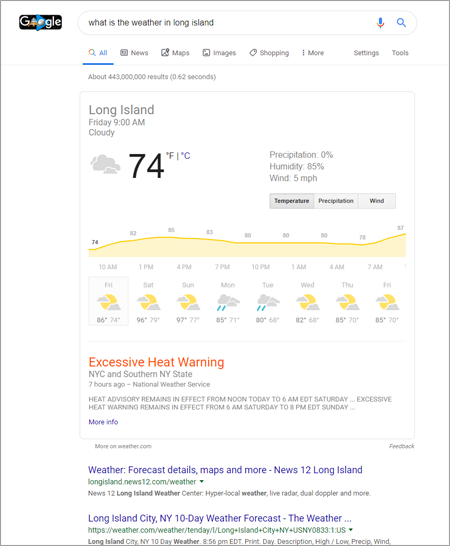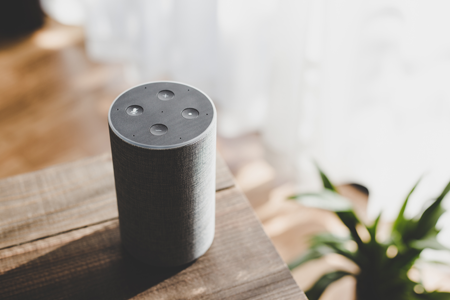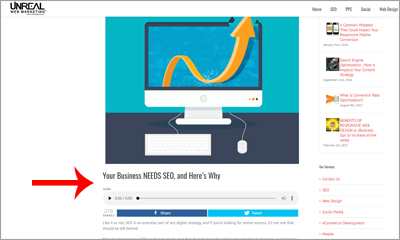|
Audio
|

Live Stream with Your Audience
Live video, or video streaming, allows you to broadcast a live video feed to an online audience. It’s like a live newscast, except anyone can do it and the audience can comment and react in real-time. Although live videos started trending in 2017, many businesses have still not adopted this interactive marketing channel to communicate with their audience. But according to Markets and Markets, live streaming will be worth an astonishing $70.05 billion by 2021.
Several social media platforms including Facebook, Instagram, YouTube, and Periscope now offer live video. You can often comment and react to live videos as they’re streaming. For example, while using Facebook Live, you can tap various reaction emoticons that will cause smaller versions of the emoticons to float across the bottom of the video, giving everyone a sense of the audience’s reaction.
With live video, marketers have an exciting opportunity to tell their story and engage with real people in the same exact space, creating brand trust, one of the biggest factors in consumers’ purchasing decisions.
Get the Top Spot with Zero-Click Result

This search result is often referred to as Google Zero, or the zero-click result, and it’s the new aspiration for all websites out there.
How does it work? Imagine you type in a question in your search query, such as “What is the weather in Long Island?” Before the Adwords results, and well before the organic search results, a box will pop up in which Google provides you with what they feel like is the best answer, lifted as a quote from some lucky website, in this case, weather.com.
Why does it matter? According to Jumpshot, 62% of search results now include a Google Zero answer. That means more and more keywords are becoming less profitable, as Google is taking them over themselves.
How to get your answer chosen, however, is the new holy grail.
While the automatic snippet does come from a website that ranks somewhere on the first page of the search engine results, there’s still no clear understanding of how companies ought to be optimizing their content to get chosen for the Google Zero spot.
And, it’s one of the biggest open opportunities out there in digital marketing’s future. The brand that figures out how to optimize their SEO for Google Zero will have a huge competitive edge over all the others in their industry.
Advertise Through Smart speakers

According to Edison Research, 43 million Americans own a smart speaker. This is 18% of the adult population, in just 2+ years of existence.
These speakers are managed by AIs that go by the names of Alexa, Siri or Google Home, depending on the maker, and are offering a new potential advertising outlet to savvy marketers.
While branded advertising on smart speakers started in 2017, well before the speaker’s itself hit their heyday, ads were few and far between. Now, smart speakers’ ads are better, less invasive and more customer-friendly.
One of the best ways to advertise on smart speakers is to make what’s called a “branded skill.” For example, if you tell Alexa “Ask Patrón for a cocktail recipe,” Alexa will respond with a diverse selection of possibilities, courtesy of the premium tequila maker. According to Digiday Patrón gets more than 6,000 queries a month for its Alexa skill – it’s a strategy that works.
Give Your Content a Voice

According to Google, 20 percent of all Google search queries now take place through voice search. That doesn’t apply to just Smart Speaker queries, either. According to Thrive Analytics, 71% of all mobile users between the ages of 18 and 29 use voice assistants on their smartphones.
For example, you can add voice to your blog with a platform like Amazon Polly, a text-to-speech service which synthesizes speech that sounds like a human voice. Check out our blog posts to hear this in action.
If the trend continues, which it probably will, optimizing your content for voice search is going to be a new business necessity. There’s a lot of tips on how to do this, but the consensus boils down to making content more conversational in tone. Optimizing your content for spoken queries now will put you ahead of the game as voice searches begin to take over, bringing you well ahead of the competition.

